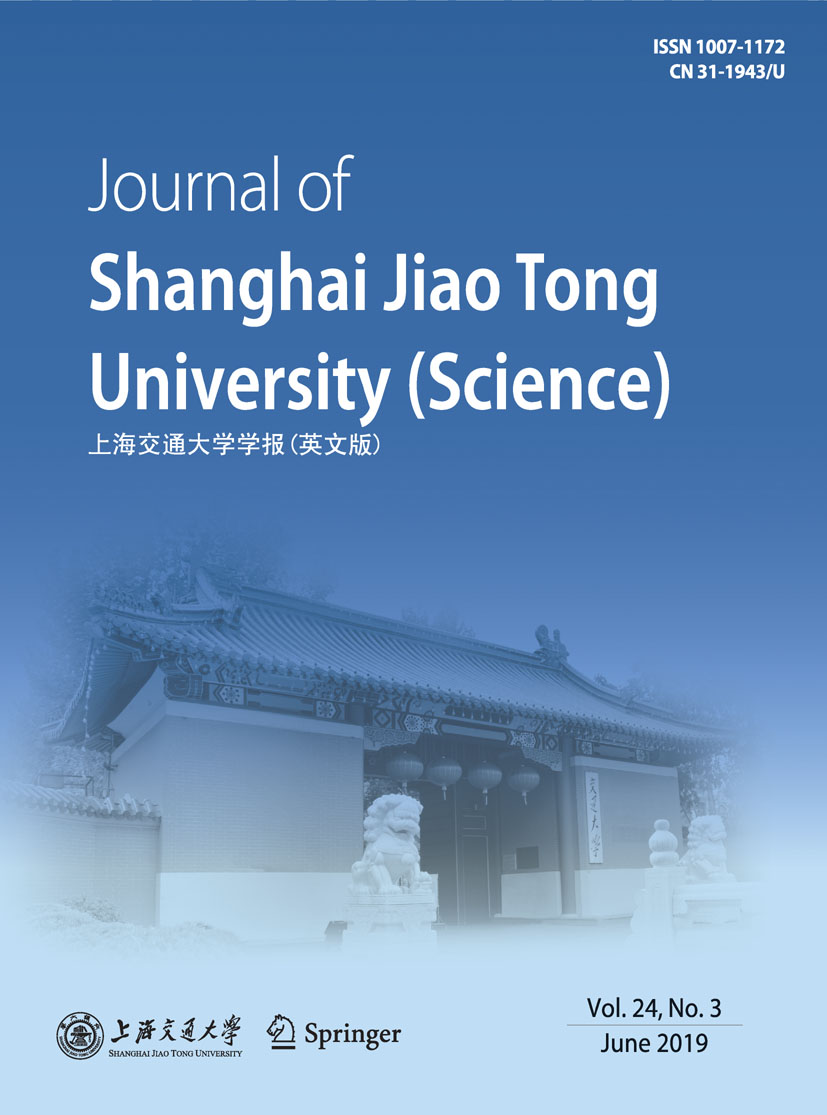|
|
Analysis of Thermal-Fluid-Structure Coupling and Resonance Forecast for Link Butterfly Valve Under Small Opening
LI Shuxun *(李树勋), ZHU Lu (朱禄), WANG Weibo (王伟波), XIAO Kuijun (肖奎军), XU Xiaogang (徐晓刚), ZHANG Baosheng (张宝生)
2019, 24 (3):
341-350.
doi: 10.1007/s12204-019-2061-y
When the link butterfly valve operates at a small opening degree in high temperature working conditions,
it is prone to the problem that the valve is stuck, the strength is insufficient and the butterfly plate is
violently vibrating. This paper shows simulation experiments of both thermal-fluid-structure coupling and resonance
forecast about DN600 link butterfly valve in the working conditions of 250?C and 0.5MPa by ANSYS
software. The medium is mixed with compressed air and flue gas. Flow field characteristics of the valve and
stress deformation, modal and flow-induced vibration of butterfly plate are analyzed when the valve opening is
less than 30%. The results indicate that, when the valve opening is less than 30%, fluid flow is relatively smooth
in front of butterfly plate, a large number of vortexes are found behind the butterfly plate, and fluid flow is greatly
chaotic in this position. The equivalent maximum stress and deformation of butterfly plate are relatively large
when the valve locates in openings between 10% and 30%; the intensity of the butterfly plate is enough; the axial
deformation does not impact opening and closing of the valve. The butterfly plate is likely resonant when the
valve opening is less than 10%. The research of this paper provides a crucial reference for flow field characteristics
of link butterfly valve, an analysis of intensity and rigidity of butterfly plate, and a resonance forecast of butterfly
plate when the valve works in small opening.
References |
Related Articles |
Metrics
|

